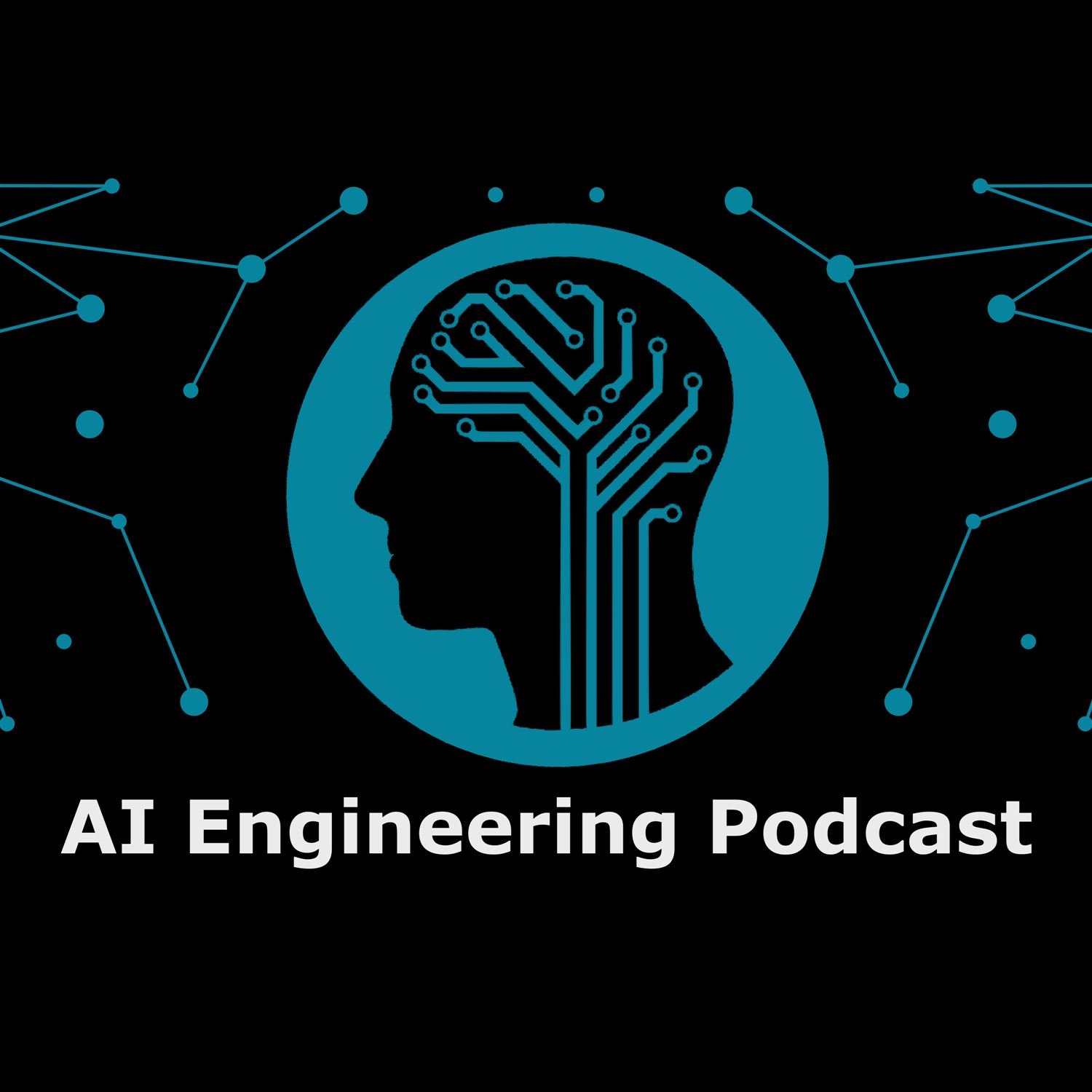Podcast Episode Details
Back to Podcast Episodes
Inside the Black Box: Neuron-Level Control and Safer LLMs
Episode 69
Summary
In this episode of the AI Engineering Podcast Vinay Kumar, founder and CEO of Arya.ai and head of Lexsi Labs, talks about practical strategies for understanding and steering AI systems. He discusses the differences between interpretability and explainability, and why post-hoc methods can be misleading. Vinay shares his approach to tracing relevance through deep networks and LLMs using DL Backtrace, and how interpretability is evolving from an audit tool into a lever for alignment, enabling targeted pruning, fine-tuning, unlearning, and model compression. The conversation covers setting concrete alignment metrics, the gaps in current enterprise practices for complex models, and tailoring explainability artifacts for different stakeholders. Vinay also previews his team's "AlignTune" effort for neuron-level model editing and discusses emerging trends in AI risk, multi-modal complexity, and automated safety agents. He explores when and why teams should invest in interpretability and alignment, how to operationalize findings without overcomplicating evaluation, and the best practices for private, safer LLM endpoints in enterprises, aiming to make advanced AI not just accurate but also acceptable, auditable, and scalable.
Announcements
- Hello and welcome to the AI Engineering Podcast, your guide to the fast-moving world of building scalable and maintainable AI systems
- When ML teams try to run complex workflows through traditional orchestration tools, they hit walls. Cash App discovered this with their fraud detection models - they needed flexible compute, isolated environments, and seamless data exchange between workflows, but their existing tools couldn't deliver. That's why Cash App rely on Prefect. Now their ML workflows run on whatever infrastructure each model needs across Google Cloud, AWS, and Databricks. Custom packages stay isolated. Model outputs flow seamlessly between workflows. Companies like Whoop and 1Password also trust Prefect for their critical workflows. But Prefect didn't stop there. They just launched FastMCP - production-ready infrastructure for AI tools. You get Prefect's orchestration plus instant OAuth, serverless scaling, and blazing-fast Python execution. Deploy your AI tools once, connect to Claude, Cursor, or any MCP client. No more building auth flows or managing servers. Prefect orchestrates your ML pipeline. FastMCP handles your AI tool infrastructure. See what Prefect and Fast MCP can do for your AI workflows at aiengineeringpodcast.com/prefect today.
- Unlock the full potential of your AI workloads with a seamless and composable data infrastructure. Bruin is an open source framework that streamlines integration from the command line, allowing you to focus on what matters most - building intelligent systems. Write Python code for your business logic, and let Bruin handle the heavy lifting of data movement, lineage tracking, data quality monitoring, and governance enforcement. With native support for ML/AI workloads, Bruin empowers data teams to deliver faster, more reliable, and scalable AI solutions. Harness Bruin's connectors for hundreds of platforms, including popular machine learning frameworks like TensorFlow and PyTorch. Build end-to-end AI workflows that integrate seamlessly with your existing tech stack. Join the ranks of forward-thinking organizations that are revolutionizing their data engineering with Bruin. Get started today at aiengineeringpodcast.com/bruin, and for dbt Cloud customers, enjoy a $1,000 credit to migrate to Bruin Cloud.
- Your host is Tobias Macey and today I'm interviewing Vinay Kumar about strategies and tactics for gaining insights into the decisions of your AI systems
Interview
- Introduction
- How did you get involved in mach
Published on 9 hours ago